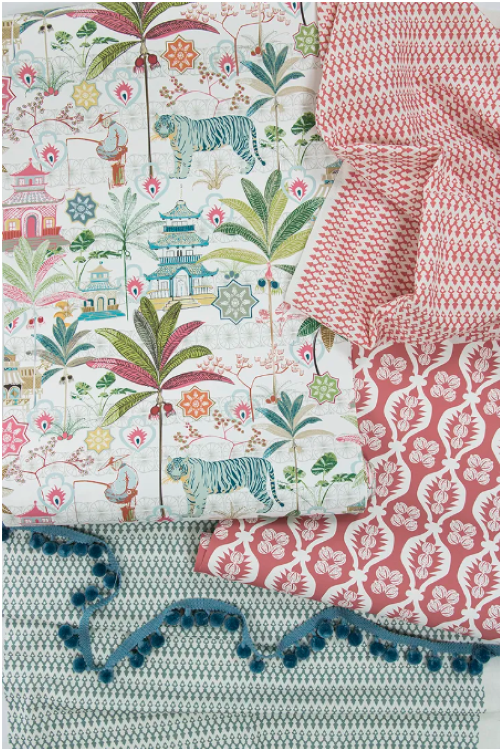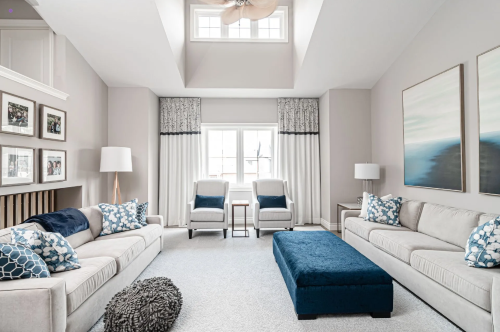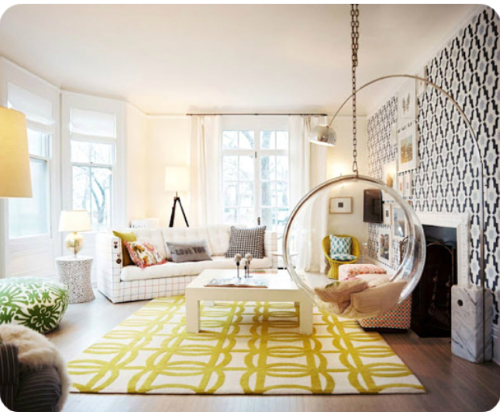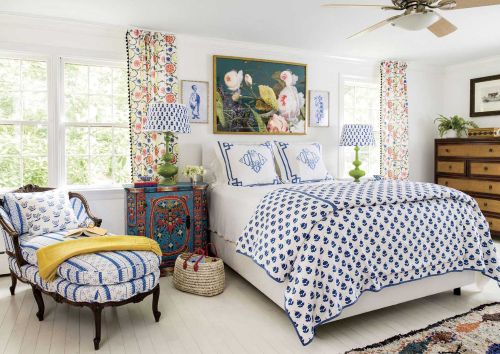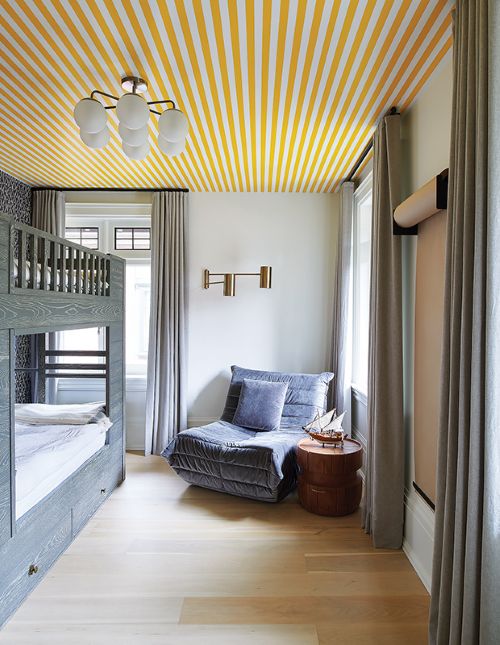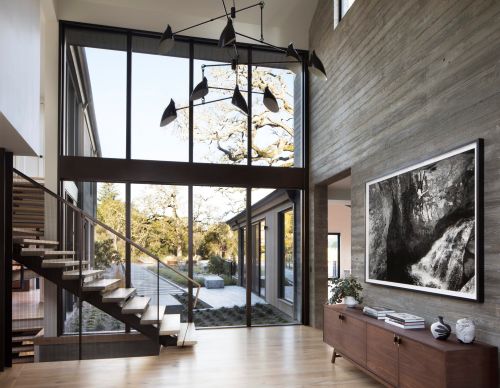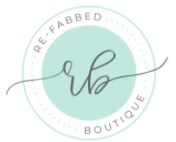mixing patterns and textures in home decor
Decorating your home is an exciting chance to express your personal style, and one of the most dynamic ways to do this is by mixing patterns and textures.
While it may seem intimidating at first, layering different designs can add depth and interest to your space.
It is the art of transforming a simple room into a stunning showpiece.
Here’s a guide to help you navigate the art of mixing patterns and textures in your home decor.
understanding patterns and textures
patterns
textures
Texture refers to the surface quality of materials—how they feel and look.
Textures can be smooth, rough, shiny, matte, woven, or plush, to name a few.
Incorporating various textures adds richness to your decor, making it more interesting and inviting.
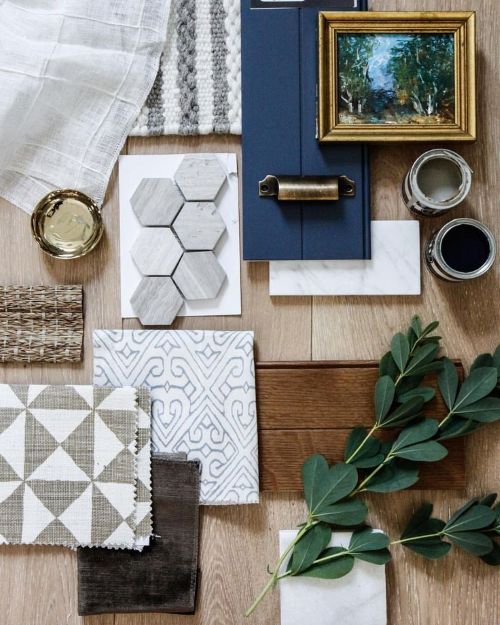
tips for mixing patterns and textures
1. start with a base
Choose a neutral base color for your walls and larger furniture pieces.
This creates a calm foundation that allows you to mix and match patterns and textures without overwhelming the space.
Soft whites, beiges, and light greys work well and can make bold patterns pop.
2. limit your color palette
To create a cohesive look, stick to a limited color palette.
Select a few key colors that you love and use them throughout your patterns and textures.
This can tie everything together and prevent a chaotic appearance.
For example, if you choose navy, mustard, and white, incorporate these colors in different patterns and materials across your decor.
3. vary the scale
When mixing patterns, consider the scale of each design.
Pair large, bold patterns with smaller, more intricate ones.
For instance, a large floral print on a sofa can be complemented by smaller polka dots or stripes in throw pillows.
This contrast helps to create visual interest without clashing.
4. mix textures
Don’t shy away from combining different textures in your decor.
Soft textiles like velvet or linen can be paired with harder materials like wood or metal.
For example, a plush velvet throw can look stunning against a sleek leather sofa.
Layering textures adds depth and tactile appeal to your space.
5. use patterns strategically
Incorporate patterns in key areas to create focal points.
A patterned rug can anchor a room, while patterned curtains can draw the eye upward and create a sense of height.
Use smaller decorative items like cushions, throws, or artwork to introduce additional patterns without overwhelming the space.
6. embrace the unexpected
Feel free to experiment with unexpected combinations.
Mixing traditional patterns like paisley with modern geometric designs can create a unique, eclectic vibe.
You might try using a patterned wallpaper on your ceiling for drama.
The key is to trust your instincts—if a combination makes you smile, go for it!
7. Consider the theme
Keep your overall theme in mind.
Whether your style leans toward bohemian, modern, or coastal, make sure your patterns and textures align with this aesthetic.
For example, a coastal theme might incorporate light, airy fabrics and beachy patterns, while a bohemian style might embrace rich textiles and vibrant colors.
8. don’t forget about scale
When arranging your decor, consider the scale of the items in relation to the room.
Large patterns work best in spacious areas, while smaller patterns can be used in cozy nooks.
Ensure that your choices enhance the room rather than crowd it.
Mixing patterns and textures in home decor is all about balance and personal expression.
By starting with a cohesive base, limiting your color palette, and varying the scale and texture of your items, you can create a beautifully layered and inviting space.
Remember, the goal is to have fun and showcase your unique style.
So gather your favorite patterns and textures, and let your creativity flow!

